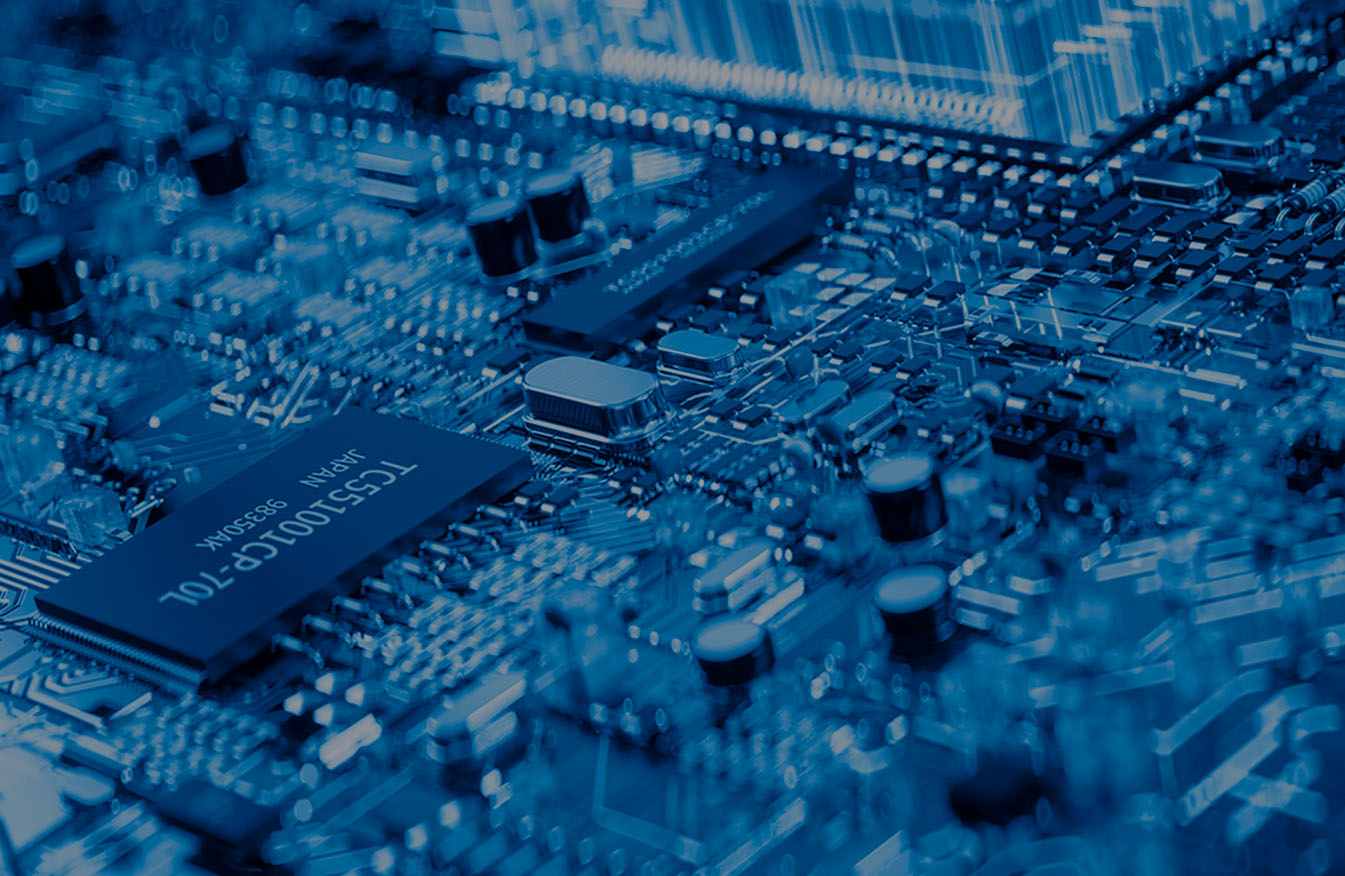The efficiency of any robotic technological complex (RTC) directly depends on the quality of the control system. It is the control system that is the “brain” of the robot, coordinating its actions, ensuring the precise execution of tasks and adaptation to changes in the environment. The process of developing control systems for robots and multi-component RTCs is a complex and high-tech stage that requires deep knowledge in the field of programming, electronics and automation.
What are robot control systems?
robot control system is a set of software and hardware solutions that allows a robot to perform specified tasks, interact with the external environment, and make decisions in real time. In multi-component RTCs, control systems play a key role in coordinating the operation of all components — manipulators, sensors, drives, and other elements — ensuring their synchronous and coordinated operation.
Control systems are designed for specific tasks, whether it is autonomous navigation, manipulation of objects, collection of data from sensors, or execution of complex scenarios requiring a high degree of coordination.

The process of developing control systems
- Task and requirements analysis. The development of a control system begins with a detailed analysis of the tasks that the robot or RTC must perform. This may include autonomous movement, interaction with objects, data collection from sensors, or control of several robots simultaneously. Specific requirements for reaction speed, task accuracy, and autonomy are also taken into account.
- Architectural design. At this stage, the architecture of the control system is developed, which includes the selection of software platforms, data exchange protocols, automation tools and interaction with sensors and actuators. An important element is the construction of the system so that it can operate efficiently and stably in real operating conditions, regardless of the complexity of the tasks.
- Software development. The key part of the control system is the software, which is responsible for performing all the functions of the robot or RTC. This can be both motion control and more complex tasks, such as: making decisions based on sensor data, synchronizing the operation of several components or adapting to changing conditions. The software is developed taking into account the requirements for safety, accuracy and efficiency of work.
- Creation of a test environment and testing. Before the control system is implemented in a robot or complex, a special test environment is created where real operating conditions are simulated. This allows testing control algorithms, calibrating the system’s operation and eliminating possible errors before the robot begins to perform its tasks. Testing includes testing the interaction of all system components, as well as checking the operation in various scenarios and conditions.
- Optimization and refinement. Based on the results of the tests, the final optimization of the control system is carried out. This includes the refinement of the software to increase its productivity, accuracy of task execution and resistance to possible failures. All elements of the control system are configured and refined so that the robot can effectively perform its tasks in real operating conditions.
Advantages of developing control systems for robots and RTC
- High precision and adaptability: Modern control systems ensure that tasks are performed with high precision, adapting to changes in the environment.
- Coordination of multi-component complexes: control systems allow for the efficient management of the operation of several RTC elements, ensuring their synchronous interaction and high productivity.
- Autonomy and safety: The control systems developed can operate autonomously, reducing the need for human intervention, especially in hazardous or difficult conditions.
- Flexibility in configuration: control systems are configured for specific tasks, which allows them to be used in a wide variety of industries – from industry to defense and services.
Developing control systems for robots and multi-component RTKs is a process that opens up new possibilities for automating complex operations. These systems allow robots to efficiently perform their tasks, synchronize the operation of components, and adapt to changing conditions, ensuring high performance and reliability in a wide range of applications.



